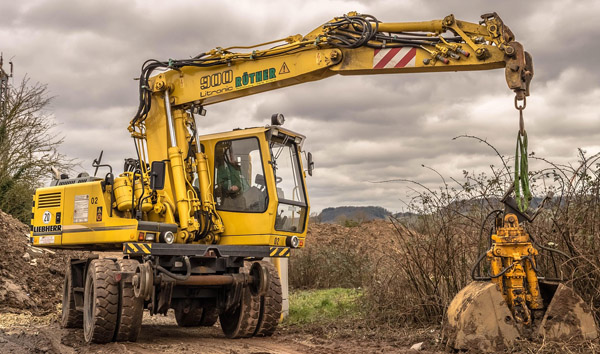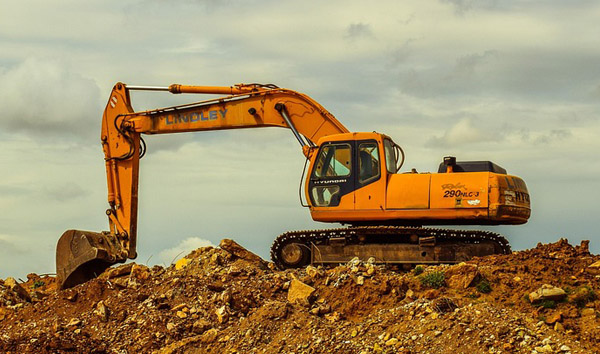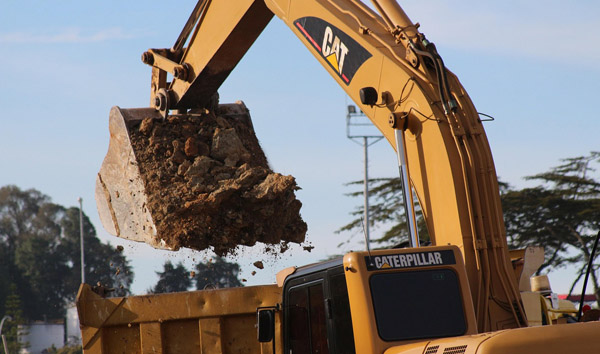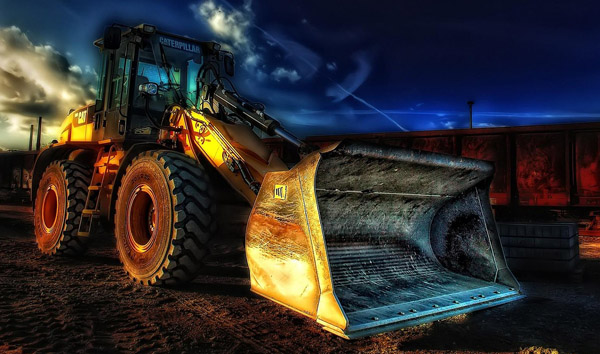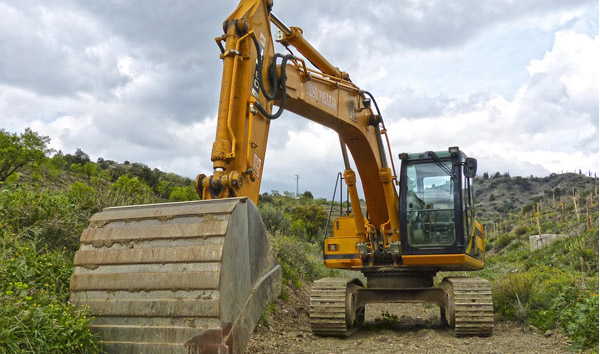Navigating the Capabilities of Modern All-Terrain Forklifts
2025-08-05 04:50:32
This technical report explores the critical specifications of all-terrain forklifts, emphasizing their design, performance metrics, and operational adaptability in challenging environments. Industry data and engineering insights are analyzed to provide a comprehensive overview of these versatile material-handling machines.
All-terrain forklifts are engineered to perform in diverse and rugged environments, from construction sites to agricultural fields. Key specifications include load capacities ranging from 5,000 to 12,000 lbs, depending on the model, and lift heights extending up to 20 feet. These machines feature reinforced chassis designs and high-traction tires, ensuring stability on uneven surfaces. The integration of advanced hydraulic systems allows for precise load handling, even on inclines up to 15 degrees.
Powering these forklifts are robust diesel or hybrid engines, delivering torque outputs between 120 and 250 lb-ft to handle heavy loads efficiently. Fuel efficiency remains a priority, with modern all-terrain forklifts achieving up to 8 hours of continuous operation on a single tank. Additionally, emissions compliance with Tier 4 Final standards ensures minimal environmental impact. Operators benefit from ergonomic cabins equipped with shock-absorbing seats and intuitive control panels, enhancing productivity during extended shifts.
Maneuverability is a defining feature of all-terrain forklifts, with tight turning radii as low as 10 feet, facilitated by articulated steering systems. The inclusion of oscillating axles improves traction on soft or muddy terrain, while differential locks prevent wheel slippage. Industry data indicates that these forklifts maintain an average travel speed of 12 mph, balancing speed and safety. Furthermore, their ground clearance of 12 inches allows navigation over obstacles commonly found in industrial or off-road settings.
Safety remains paramount, with all-terrain forklifts incorporating features such as automatic load stabilization, anti-rollover technology, and 360-degree camera systems. Load moment indicators (LMIs) provide real-time feedback to prevent overloading, reducing accident risks. According to OSHA reports, forklifts equipped with these technologies demonstrate a 30% reduction in workplace incidents. The durable construction of these machines also ensures a lifespan exceeding 15,000 operating hours with proper maintenance.
In conclusion, all-terrain forklifts represent a fusion of power, adaptability, and safety, making them indispensable for industries requiring robust material handling. Their specifications—ranging from load capacity to terrain adaptability—highlight their superiority over conventional forklifts in demanding applications. As technology advances, further enhancements in automation and energy efficiency are expected to redefine the capabilities of these versatile machines.




